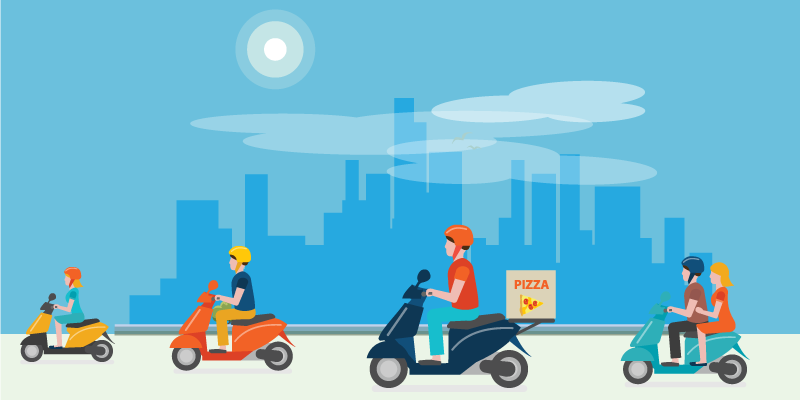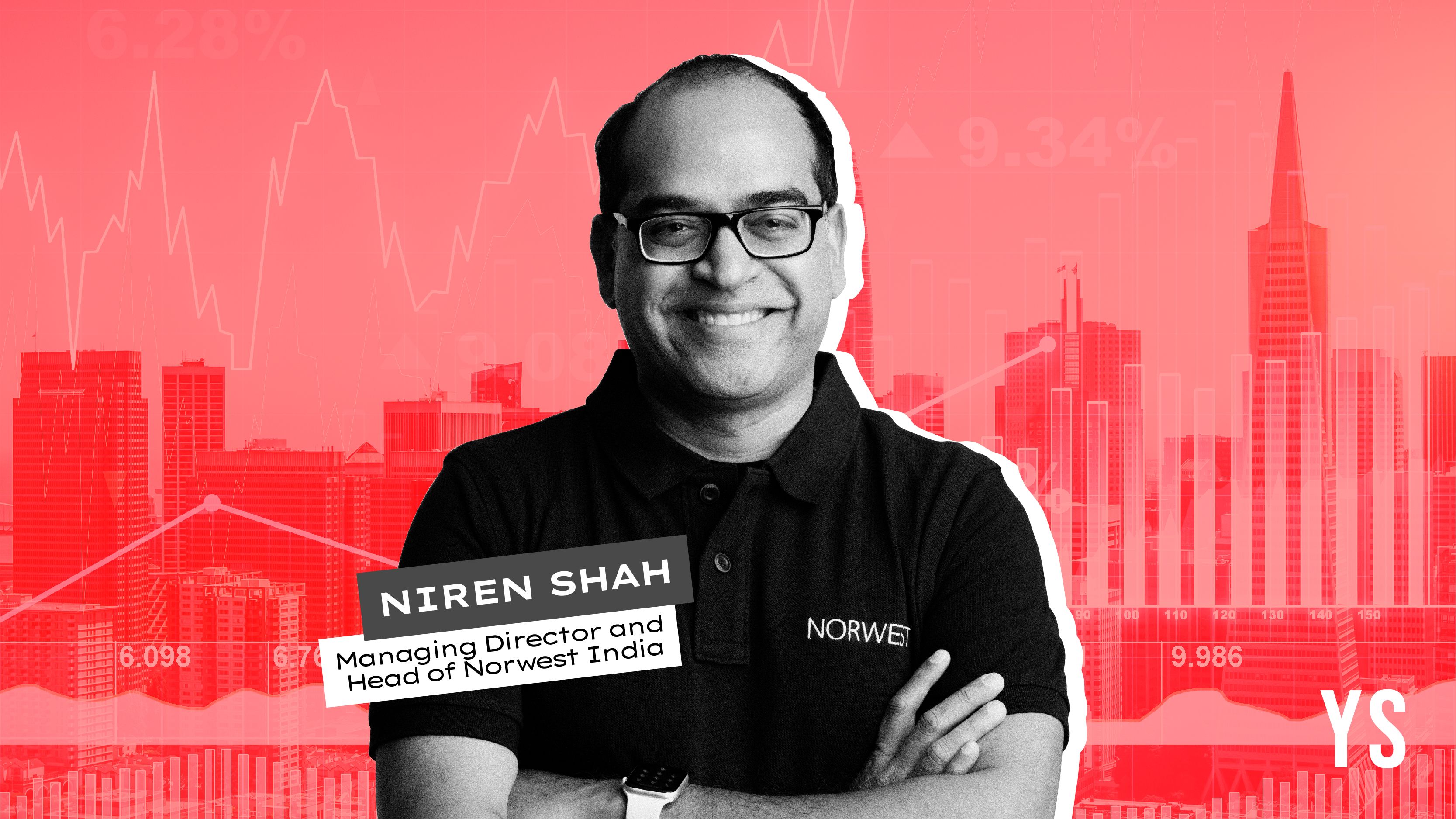Why India will become an EV nation through B2B adoption
In a panel discussion hosted by Mumbai Angels Network, Dhivik Ashok, Founder and CEO of Go GreenEoT, Anand GCP, COO of clean mobility fund Micelio, Bharath Devanathan, SVP of Bounce; and Vignesh Nandakumar, Partner at Aspada Investments, spoke about how India will become an EV nation through B2B.
Newer EV models and technological advancements in the field are making electric vehicle ownership more attractive. In fact, recent policies and regulations also favour the onset of this revolution.
However, industry veterans and players believe that for EVs to succeed in India, it has to come from the B2B segment first. The primary reason - there isn’t enough infrastructure for a mass B2C usage at this point.
During the ‘Electric Vehicle Melting Pot’, an event by the Mumbai Angels Network, a panel moderated by Nandini Mansinghka, CEO and MD of Mumbai Angels Network, discussed this very topic.
Called Can India become an EV nation, the panelists included Dhivik Ashok, Founder and CEO of Go GreenEoT; Anand GCP, COO, Micelio Fund, a clean mobility fund; Bharath Devanathan, SVP of Bounce; and Vignesh Nandakumar, Partner at Aspada Investments.

A largely B2B push
Speaking on why the B2B segment will be the first to adopt EVs, Anand said, “To a large extent, it is going to be B2B simply because when we speak of charging infrastructure, instead of doing a two-by-two grid, which is unpredictable, there is a fixed route. So, you know exactly whether you want to put 10 or 1,000. It makes economic sense.”
According to Dhivik, EV in B2B space will generally be used for last-mile delivery. A delivery executive for an ecommerce company using their own bike to deliver packages gets paid around Rs 3-4 per km.
“Now, with an EV, travelling 100-150 kms drops the operational cost to about 10 paise per km. If you add the cost of the vehicle and cost of holding the inventory, it comes to around a rupee and a half,” he said.
This is exactly where the first take-off for EV companies like Bounce will happen. “It will eventually penetrate to consumers as will, but only after a couple of years,” added Dhivik.
The push towards B2B adoption of electric vehicles is driven by several factors, said Vignesh, including productivity gain and formalisation. In India, productivity gain is massive as EVs can help overcome several inefficiencies in last-mile delivery, especially savings on fuel and asset cost.
The infrastructure conundrum
Despite the EV buzz, several challenges plague the system when it comes to supply. There is a lack of a strong infrastructure and battery technology is not up to the mark.
Across the world, electric vehicles have two charging options - via charging stations and swappable batteries.
A fixed charging system is made up of a permanent docking system that can be set up in malls, homes, and offices. A vehicle can also be fast-charged, depending upon the technology available.
For example, Porsche and BMW have chargers that can charge a car for 100 km in under five minutes. Tesla also has charging stations with fast chargers and is also working on swappable batteries.
Closer home, Indian EV startups Orxa, GoGreenBov, and Ultraviolette Automotive are using swappable batteries while bikes from Tork Motors and Ather Energy need fixed charging docks.
Today, 80 percent of electric vehicles are charged at homes and offices. However, this form of charging typically takes eight hours for a full charge. Further, this infrastructure is not readily available yet.
A chicken and egg problem
Nandini pointed out two problems - charging stations and availability of electricity. Vignesh added, “Where charging and infrastructure are concerned, it is a chicken and egg problem. And if we take a step back, the culture of EV adoption in a country like India is very different from the culture and options in the US or Europe.”
In an earlier conversation with YourStory, Maxson Lewis, Founder of Magenta Power, had said that highway charging today has DC (direct current) fast charging, which is capital-intensive, making the market for an EV charging infra quite expensive.
Vignesh said, “In India, the first use of EVs is going to be the shared use - less of personal use and more where you can extract so much juice out of it that it becomes economically viable.”
But then with the government push, there may be a change in behaviour patterns. He added that the government is pushing EV adoption because “there is an over-supply of electricity”.
“There is roughly about 150,000 megawatt of power that is been approved that is yet to get constructed. If you see the uptake, it is of massive capacity and, in fact, EV is seen as a balancing lot,” he explained.
The challenge lies in distribution.
The B2C factor
According to Bharath, there are two aspects of B2C when it comes to EV adoption. One is where retailers like Ather Energy are selling electric scooters to consumers. The other lies with shared mobility players like Bounce, which works as a fleet operator. For fleet operators, EVs makes sense on two fronts - lower costs and easier operations.
“At Bounce, we believe that mobility is a fundamental right. It is as important as ‘roti-kapda-makaan’ because if we don’t move, we can’t make a livelihood. We want to give access to mobility and thus, access to livelihood by a cheaper, affordable, and accessible means,” he explained.
The Economic Survey 2018-19 noted that India must emphasise on EVs as they represent the next generation in sustainable mobility. Appropriate policy measures were needed to lower the overall lifetime ownership costs to make them an attractive alternative to consumers.
Following up on this, Financial Minister Nirmala Sitharaman made a slew of announcements to encourage electric vehicle (EV) manufacture and adoption in India during Budget 2019.
These included a reduction of Goods and Services Tax (GST) for EVs from 12 percent to five percent, an exemption of customs duty, as well as additional income tax deduction of Rs 1.5 lakh on the interest paid on loans for purchasing EVs.
While India’s EV story grows day by day, what remains to be seen is how the sector sorts out the charging problem to take the next step - mass adoption and a future with connected mobility.
(Edited by Saheli Sen Gupta)










1552879322388.jpg?fm=png&auto=format&h=100&w=100&crop=entropy&fit=crop)




